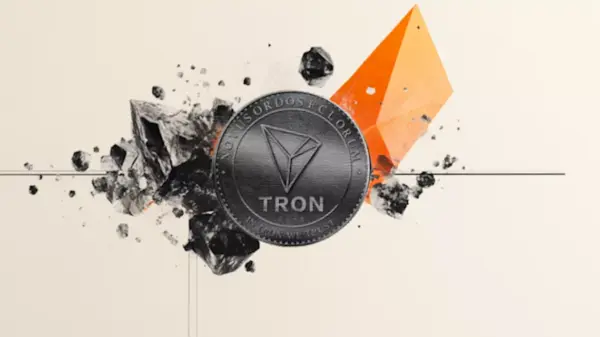After nearly two decades, the film adaptation of Stephen King’s novel, “Dreamcatcher,” is experiencing a resurgence in popularity on the streaming platform Tubi. Initially released in 2003, the film, which features a star-studded cast including Morgan Freeman, Thomas Jane, and Jason Lee, tells the story of a group of friends who encounter extraterrestrial beings during a trip to Maine. Despite its high-profile cast and direction by Lawrence Kasdan, known for classics like “The Empire Strikes Back,” the film was met with critical failure upon its release, failing to recoup its nearly $70 million budget.
Box Office Failure Becomes Streaming Success
Upon its theatrical release, “Dreamcatcher” was considered a flop, garnering a mere 36% audience score on Rotten Tomatoes based on over 100,000 reviews. Critics highlighted the film’s disjointed narrative as a significant drawback, which contributed to its disappointing box office performance. However, Tubi’s free, ad-supported model has allowed the film to reach a new audience, recently climbing to the top of its trending chart.
This phenomenon highlights a growing trend among streaming platforms where overlooked or forgotten titles find renewed interest. Many viewers are revisiting films that may not have received the attention they deserved at their initial release. Whether due to nostalgia or curiosity, audiences are engaging with these “misfires” of cinematic history.
A New Life on Tubi
The resurgence of “Dreamcatcher” on Tubi serves as a reminder that not all films are defined by their initial reception. Tubi’s model emphasizes accessibility, allowing viewers to explore a wide array of genres without the barrier of subscription fees. As a result, film enthusiasts can discover hidden gems or revisit films that may have slipped through the cracks of mainstream cinema.
While Tubi’s growing popularity reflects a shift in audience behavior, it also poses questions about how films are evaluated over time. As streaming services continue to evolve, the potential for films like “Dreamcatcher” to find a second life becomes more pronounced. The film’s climb to the number one spot on Tubi signifies that, despite its past, there remains an audience willing to engage with King’s work.
As viewers dive into this adaptation, it is essential to approach it with realistic expectations. The polarizing reception indicates that “Dreamcatcher” may not resonate with everyone, yet its newfound audience on Tubi suggests that cinema, much like literature, can have varied interpretations and merits.
This situation reflects a broader trend in the entertainment industry, where past failures can be re-evaluated and appreciated anew. With Tubi’s platform, films like “Dreamcatcher” may continue to thrive, illustrating the dynamic nature of audience engagement in the digital age.






































































